
Gardeners need to prepare in advance for the season. People who have long owned summer cottages know that the Lunar sowing calendar helps to plan garden work. It was created on the basis of the achievements of astronomy, astrology and agronomy. It reflects the influence of the satellite on subsurface processes in each of its phases. All phenomena associated with plants directly depend on the position and order of the day of the moon, as well as the main sign of the zodiac, whose role should always be taken into account. If you use the Lunar calendar correctly, you can increase productivity, prevent crops from becoming infected with diseases and pests.
Content
How the moon affects all living things
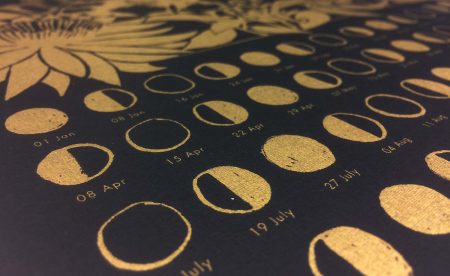
A natural satellite is closest to Earth, compared to other cosmic bodies. Therefore, it seriously affects all the processes that occur with us.
Each lunar phase affects garden plants in its own way. For example, during the new moon and the full moon you can not sow and land. On such days, the Moon takes energy from all the inhabitants of our planet. That is why the new moon is so named, meaning the restoration of the satellite, the appearance of the "new moon". In the ascending phase, it is advisable to engage in seedlings, and in the descending phase, picking.
A separate sowing calendar has been created for the Ural summer residents, which describes in detail suitable and inappropriate days for carrying out certain works.
Ural lunar calendar of gardeners for 2018 by month

Focusing on the achievement of astrologers, you can correctly choose the dates of sowing, planting in the soil of vegetables and flowers, shrubs and trees, determine the timing of the harvest.
January
A suitable month is the stratification of the seeds of shrubs and trees, which lasts about 3 months. At the same time, it is advisable to feed the soil - where future seedlings are buried, it is necessary to compact the layer of snow so that the soil receives more water, and rodents leave this place.
Paying the most attention is the color. If you plant them in January, you will get strong and attractive plants.
1-7 and 24-31 January are suitable for planting greens: onions, parsley, various types of lettuce, fragrant herbs that perfectly adapt to greenhouse conditions.
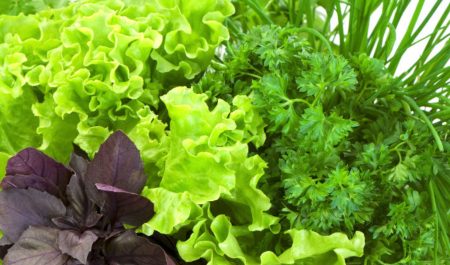
FROM 10 to 22 January crops are well tolerated transplant, because these days fall on the growing moon. It is best to plant radishes during this period.
8 and 23 January any work is undesirable.
February
The formation of thick crowns of trees and shrubs. It is believed that in February to carry out such work is absolutely safe. At the beginning of the month, greenhouses are covered with snow. If there is so much of it, they trample the area on which fruit crops grow. When there is little snow, they are sprinkled with roots so that flowering does not start early.
The month is favorable for sowing annuals (begonia evergreen) and evergreens (myrtle). After the 20th day, summer residents plant tomatoes, eggplant, hot and bell peppers, and celery root. February seedlings are placed in greenhouses.
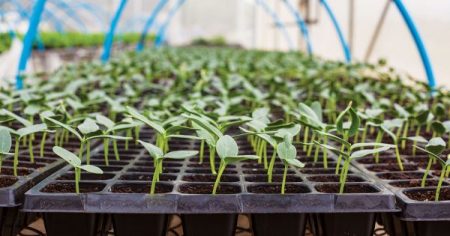
Since 2 to 13 February planted radish, celery, garlic.
18-23 the numbers are suitable for planting flowers in bulbous and seed ways. Tomatoes, cucumbers, eggplant and greens are well arranged in the greenhouse.
Soaking and planting seeds is desirable 6, 8, 12, 13 and 21 February.
Unfavorable days for garden work are: 1, 14-17, 19, 20, 24-26 February.
March
A month is great for organizing planting work.Summer residents cut stems and dry inflorescences from perennials, feed shrubs, enrich the earth with various fertilizers.
Planting material is checked for diseases and harmful insects, and plants are placed on the veranda, under the rays of the spring sun. It is best to do this from the 21st to the 30th.
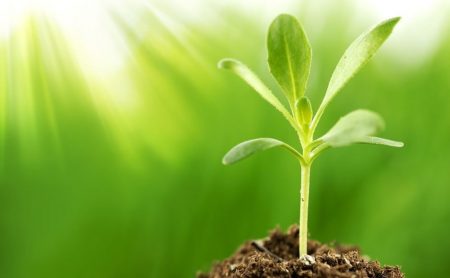
Also in March they are engaged in the preparation of seed potatoes. It is germinated in the light. In the south, early varieties are planted that do not require a temperature regime.
When the snow is falling, the garden is cleaned of fallen leaves, greenery is planted in greenhouses, for example, coriander, parsley, green onions. Fruit crops are fed with a mixture of peat, wood ash and humus.
At the end of the month, it is advisable to begin the formation of tree crowns and pruning grapes. Treated cultures are sprayed, and currants and gooseberries are poured with boiling water to eliminate harmful insects.
From the 20th day begins a picking of seedlings. If it is planned to be placed in open ground, the sowing of seeds is just beginning.
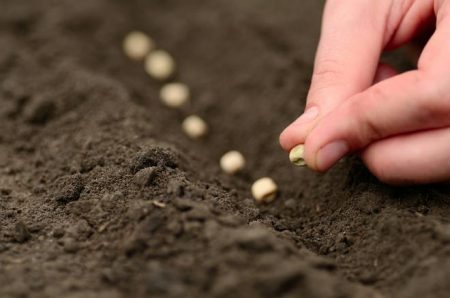
The best days for gardening procedures: 6, 8, 17 and 18 Martha.
FROM 20-26 March, it is advisable to sow strawberries, melons and cabbage.
Adverse days: 1-4, 13-16, 30, 31 Martha.
April
Spring month with very unstable weather: almost winter wind and cold can be replaced by summer heat.
First of all, in April it is worth replanting ornamental trees and shrubs, including conifers. Particular attention should be paid to plants adapted to sharp temperature fluctuations. If the snow has recently melted, fruit trees and shrubs are sprayed for prevention.
In a number of areas, the air heats up in April, and night frosts are almost impossible. Gardeners plant radishes, carrots and other root vegetables, green peas, garden herbs.
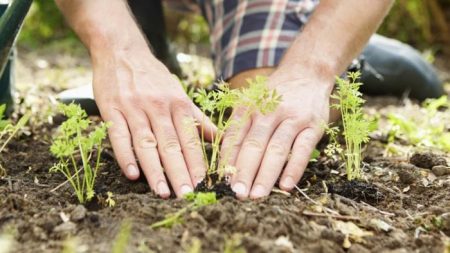
The best day for planting tubers is 3 April. 17 and 18 vegetable seedlings are transferred to greenhouses and planted with spices.
To do summer work 1, 14, 15 and 19 April is impossible.
May
In the bulk of the regions this month, the possibility of night cooling remains. Gardeners prepare special watering hoses. If drip irrigation is planned, the equipment is tested for suitability.
Root seedlings are placed under the open sky in the middle of the month. Cucumbers, legumes, zucchini and gourds in areas where frosts are likely to be planted at the end of May. Garlic and onions are treated with onion fly remedies. Marigolds planted between rows can save the landing.
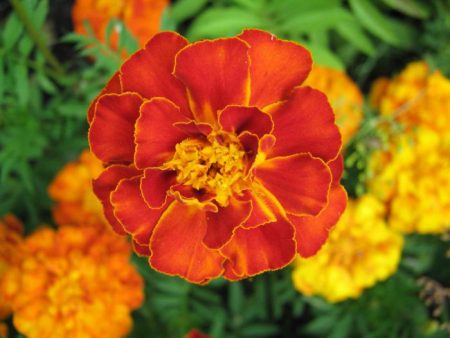
Flower lovers this month have 2 main goals:
- Propagate perennials and complete their planting.
- Feed the plants and conduct proper care for them.
In May, it is convenient to destroy weeds with an undeveloped root system.
Favorable numbers: 13, 16-18 May.
Adverse days: 1, 2, 6, 14, 21, 30 and 31 May.
June
Ornamental plants that love heat, like biennials, are planted in the first half of the month. In the second, it is better to start planting vegetables. Greens are planted all season.
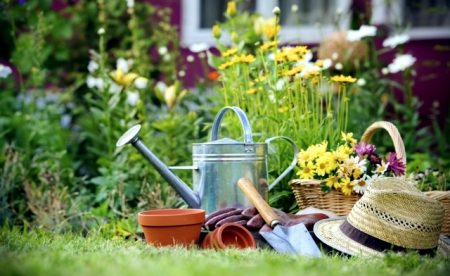
In June, crops are exposed to many risks, so you need to get rid of harmful insects and weeds that threaten the entire site. Gardeners should bring planting in order, pinch tomatoes, treat them with anti-late blight agents. Powdery mildew often attacks cucumbers, and the Colorado potato beetle attacks potatoes.
Garden procedures will be effective 2, 11, 14, 15, 21-18 June.
But 14, 19, 20 and 30 numbers are better not to get closer to garden plants.
July
This month summer residents:
- pruning trees and shrubs for prevention;
- fruit trees are planted;
- harvest a ripened crop;
- destroy pests;
- plants are fed;
- loosen the soil;
- water the crops
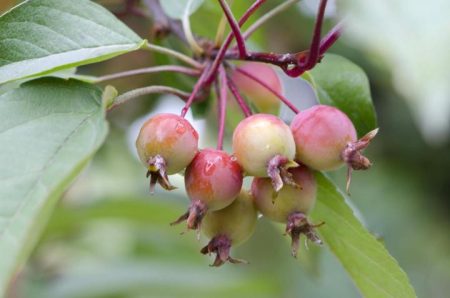
Days suitable for work: 3-8, 10, 23-27 July.
Do not garden 1, 2, 28, 29 July.
August
The final month of summer is good for planting strawberries and replanting trees.Ripe vegetables and fruits are harvested, laid for wintering and canned also in August.
Perennials are fed with mixtures containing potassium and phosphorus, which increase resistance to cold and help plants withstand the winter easier.
4 and 21 August - gardening days.
2, 3, 24, 25, 29, 30 - Inappropriate numbers for farming.
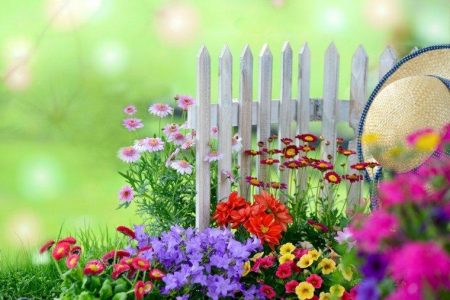
September
It's time to ennoble raspberries, select planting material for strawberries (tendrils), harvest potatoes, plant onion flowers. Summer residents also collect and pack annual seeds, look after the garden: they clean it from fallen leaves and dried grass.
For garden work fit: 1-7, 27, 28 September
The site is not advisable to deal with: 9, 20, 21, 23-26 September
October
This month planted winter varieties of garlic and onions, sow carrots, sorrel, parsley in the winter. The earth is loosened, peat, manure, wood ash are added to it.
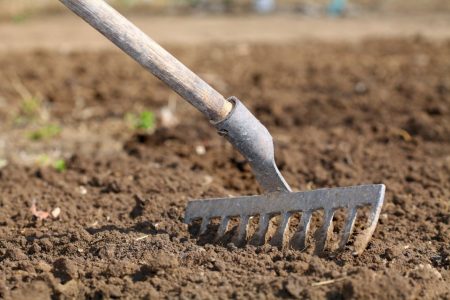
October is the time for planting young shoots and painting tree trunks. But in the open ground in autumn weather it is undesirable to work, so flower growers are occupied by indoor plants during this period.
Last week of the month (25-29 numbers) is favorable for sowing perennials germinating at low temperature. Other preparatory procedures are carried out 17-21 numbers.
November
The last month of autumn completes almost all the work in the garden. Summer residents maintain cleanliness on the territory, protect crops from rodents and nearby frosts. AT 1-5 the numbers around the plants mulch the soil and collect fallen leaves.
One needs to take care of indoor colors, which are becoming weaker due to lack of sunlight and improper care. 7-10 November they are fed. Experts recommend a transplant 12-18 numbers.
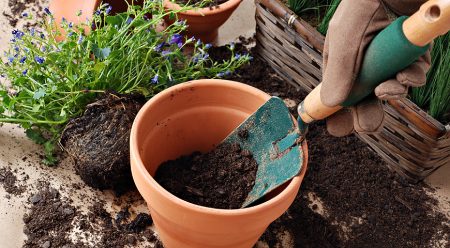
December
At the beginning of winter, gardeners relax, get ready for the New Year holidays and the next sowing season. Nature falls asleep, so care is needed only to plants that are at home. It’s best to spend it 18-24 December.

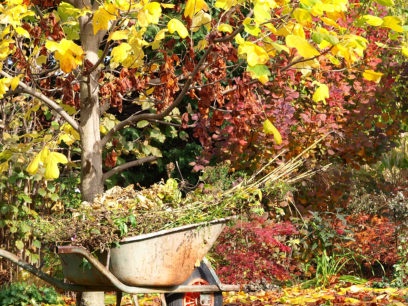
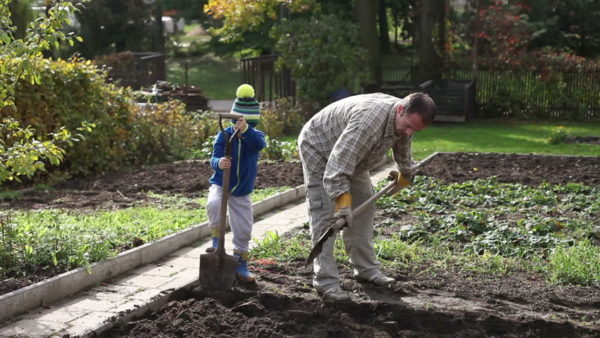
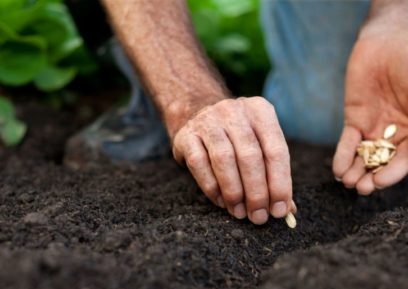
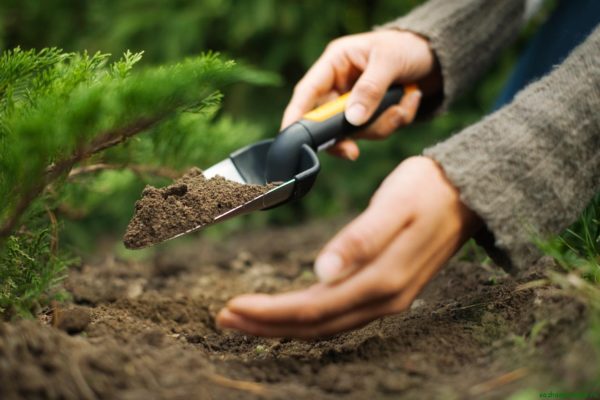 Sowing calendar for August 2024
Sowing calendar for August 2024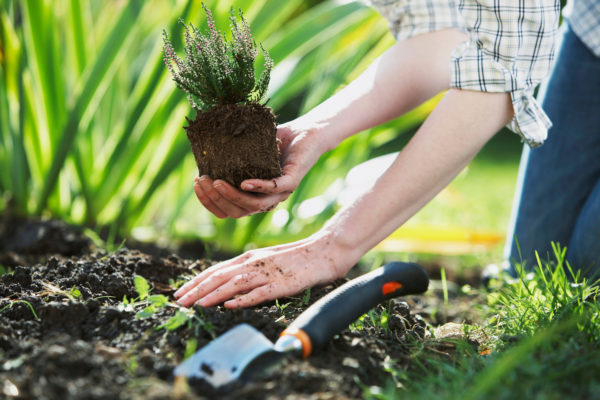 Sowing calendar for June 2024
Sowing calendar for June 2024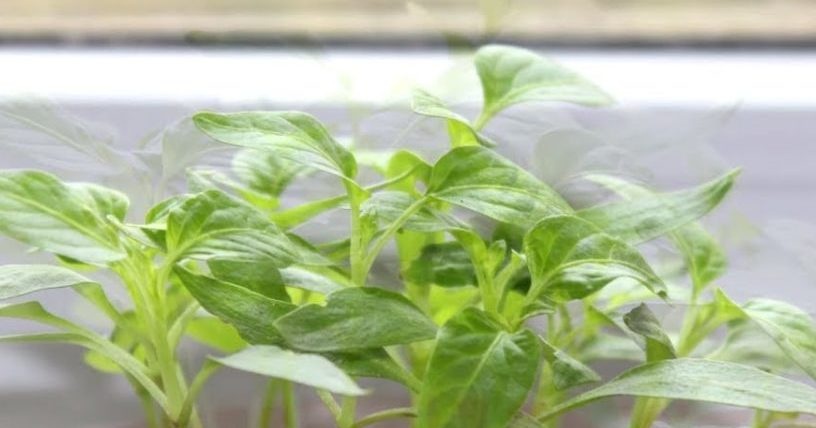 Sweet pepper (Bulgarian) - planting dates for seedlings and the lunar calendar 2024
Sweet pepper (Bulgarian) - planting dates for seedlings and the lunar calendar 2024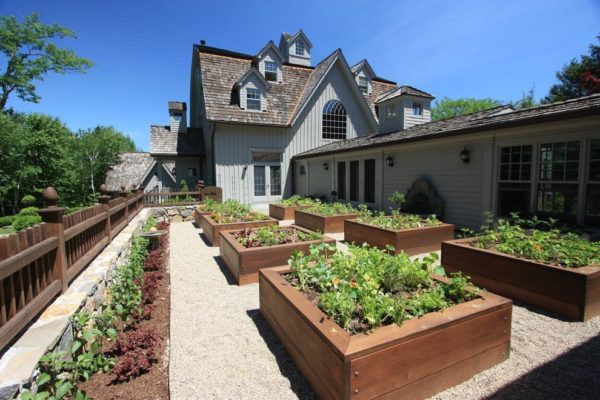 Boarding days in June 2019: favorable days
Boarding days in June 2019: favorable days